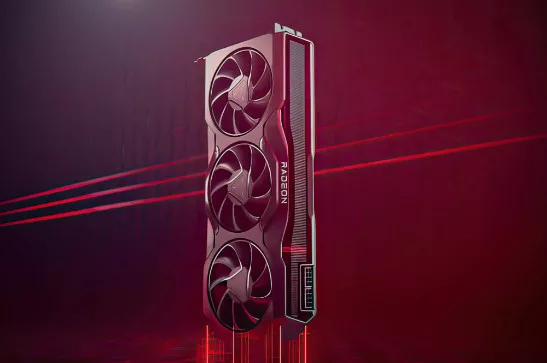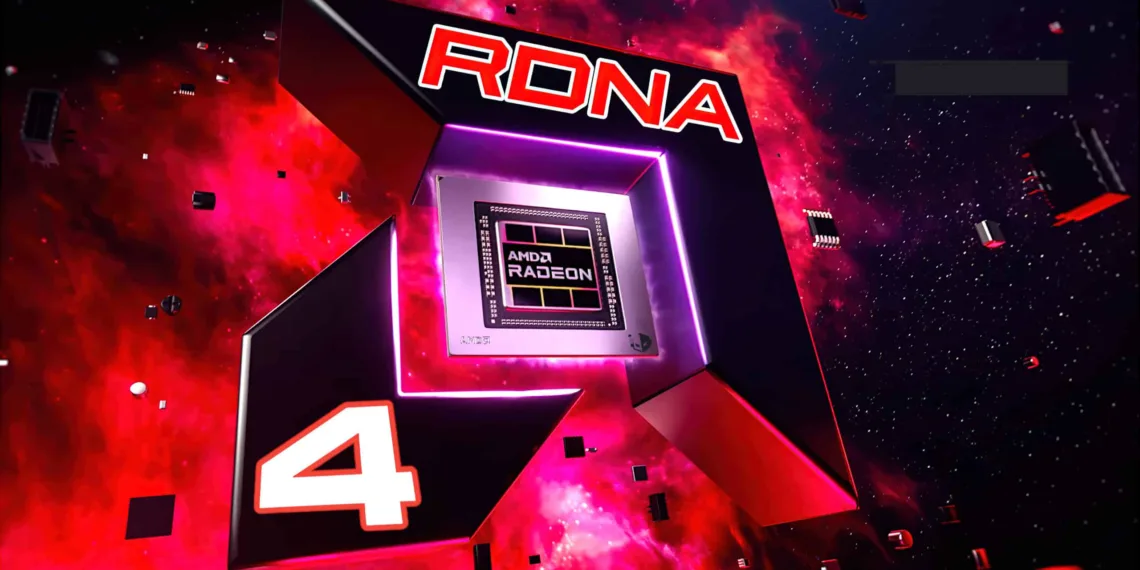Recently @All_The_Watts shared some buzz about AMD’s RDNA 4 “Radeon RX 8000” GPUs and what performance levels we can expect from them. The details come from a post, on the social platform X by @All_The_Watts. As per the post, there are two AMD GPUs based on the RDNA 4 graphics architecture that will likely drive the Radeon RX 8000 graphics card lineup. While specifics about Navi 4 are limited early signs point to two SKUs under the “GFX12” family indicating that these GPUs are currently in testing stages.

More About Upcoming AMD RDNA 4
The rumor outlines a performance hierarchy for the RDNA 4 GPUs when compared to their RDNA 3 counterparts. The top RDNA 4 GPU chip known as Navi 48 is said to be slower than the leading Navi 31 chip found in the Radeon RX 7900 XTX but than the trimmed-down Navi 31 chip featured in the Radeon RX 7900 GRE. The Navi 48 GPUs are expected to perform to the GeForce RTX 4070 Ti SUPER and the Radeon RX 7900 XT.

Moving on to the Navi44 GPU it seems to outperform AMD’s Navi 33 GPU found in the Radeon RX7600 series but falls short of the speeds offered by Navi 32 GPUs seen in both the Radeon RX7800 & RX7700 series. It is predicted that the performance of the Navi 44 GPU will be on par with that of the RX 7700 XT and GeForce RTX 4060 Ti graphics cards.
AMD’s approach with the RDNA 4 GPU architecture differs from RDNA 2 or RDNA 3 as they have decided to cancel the GPU die in favor of tier chips. This strategy is reminiscent of what we saw with the RDNA 1 GPU architecture where AMD focused on re-evaluating its performance and value positioning in the mainstream segment before moving towards targeting high-end segments. There are rumors suggesting that RDNA 4 GPUs may come with support for GDDR7 memory and feature designs instead of MCD designs introduced earlier.

The rumor also touches upon the performance of the RDNA 3+ iGPU featured in Strix Point Halo APUs indicating that they are expected to outperform low-end Navi 33 GPUs. Strix Point Halo is marketed as a high-end product prompting discussions, about how it could be used in devices, Mini PCs, desktop gaming consoles, and laptops.








